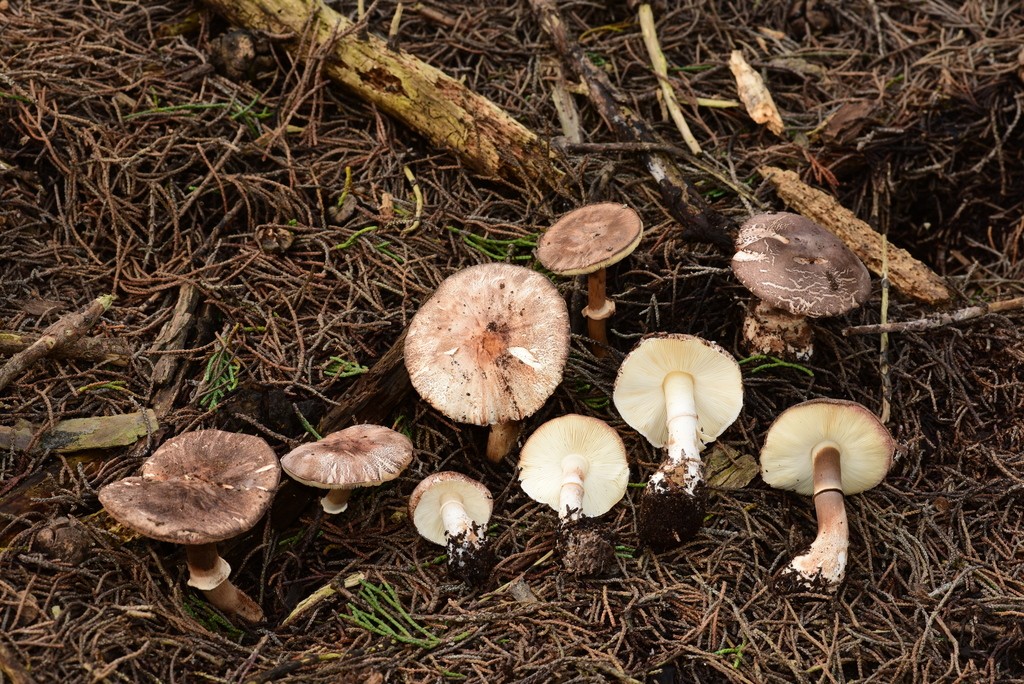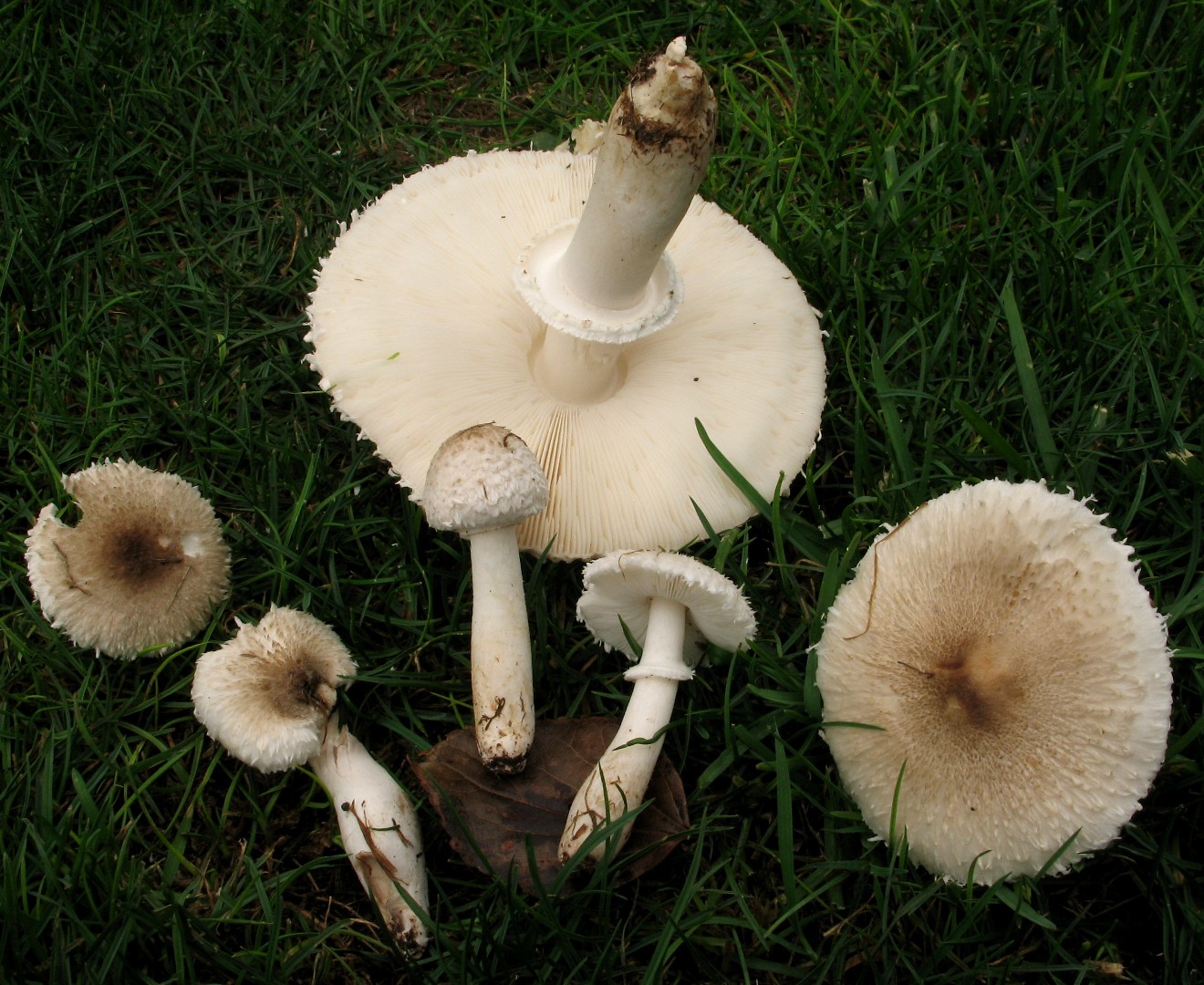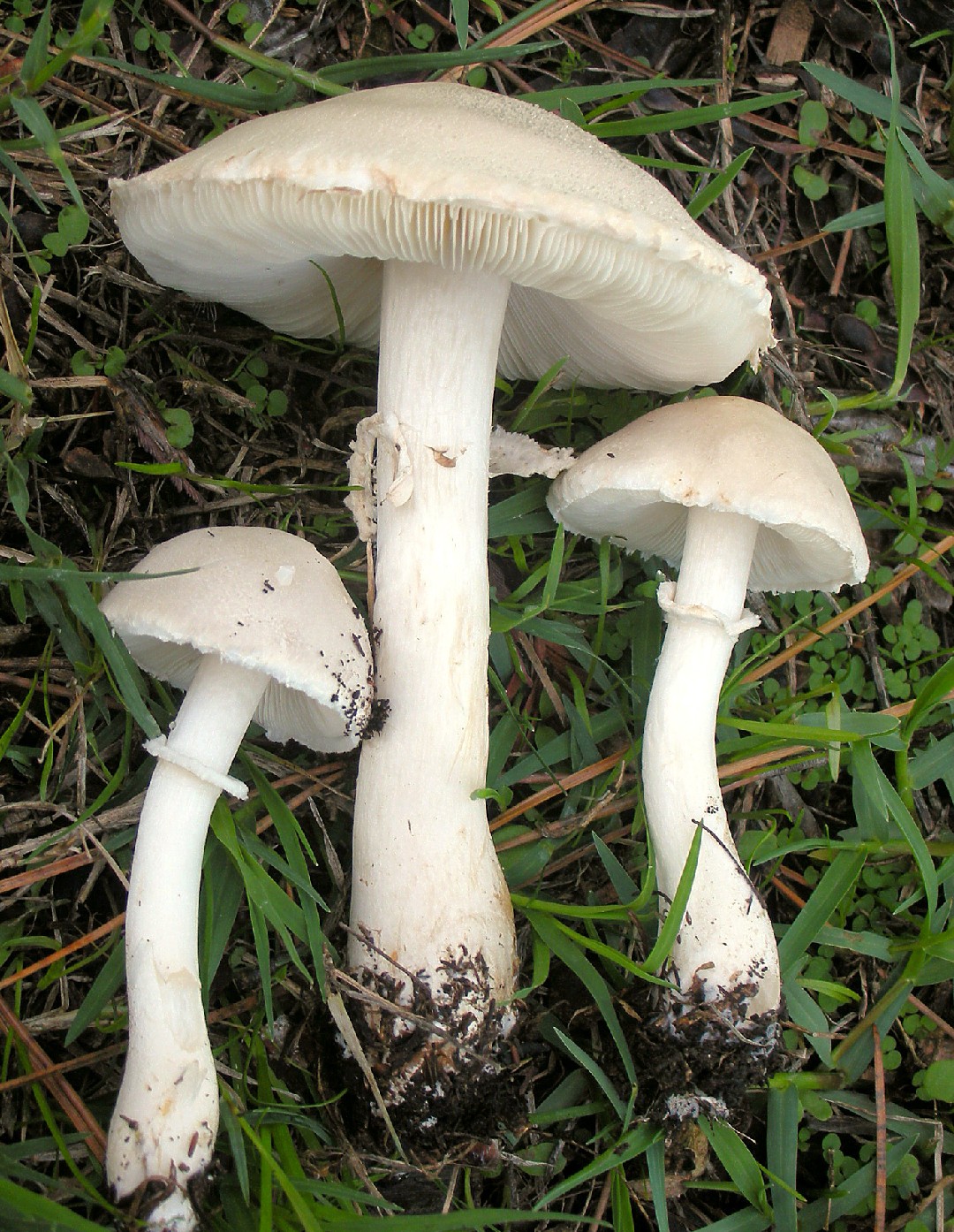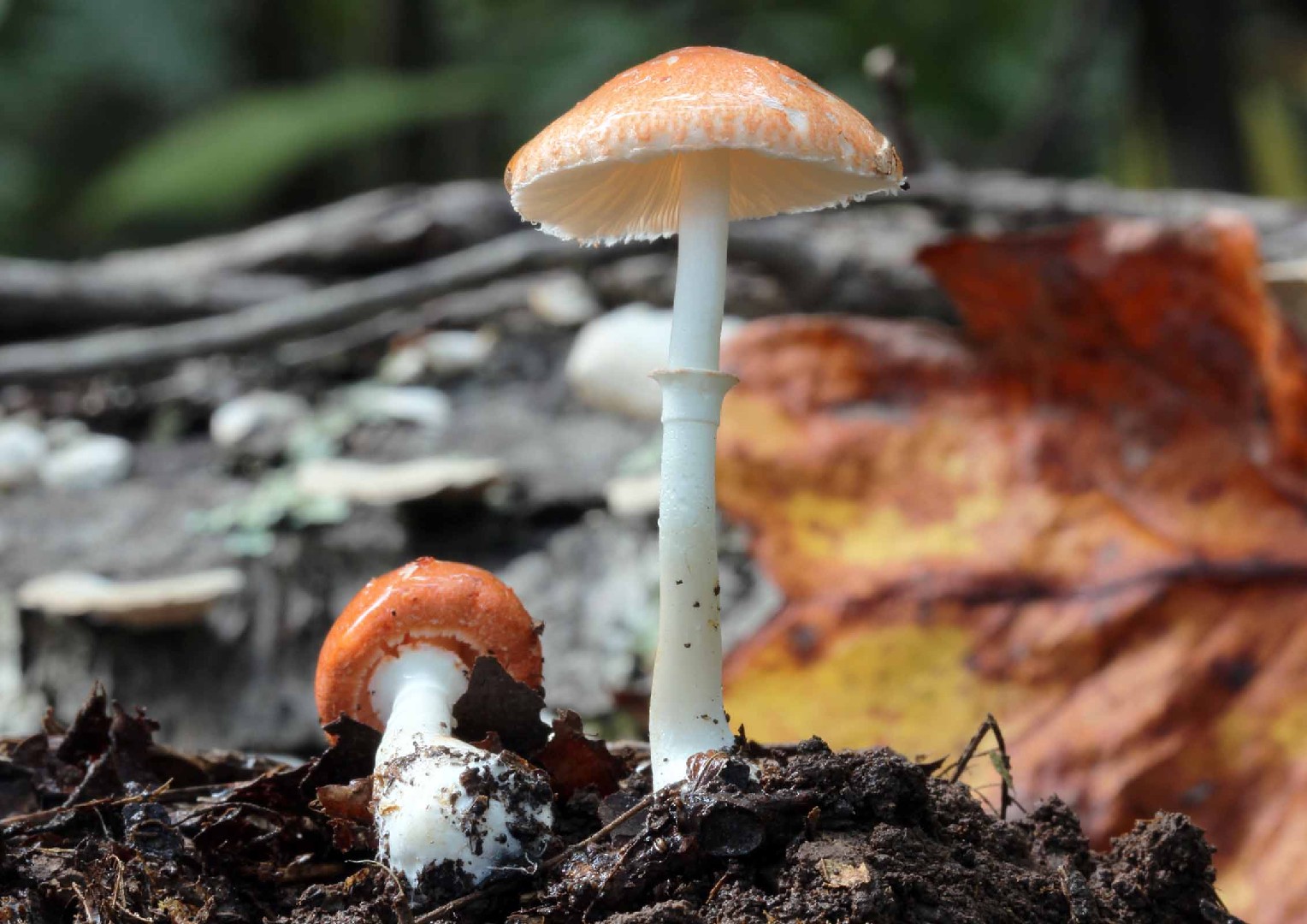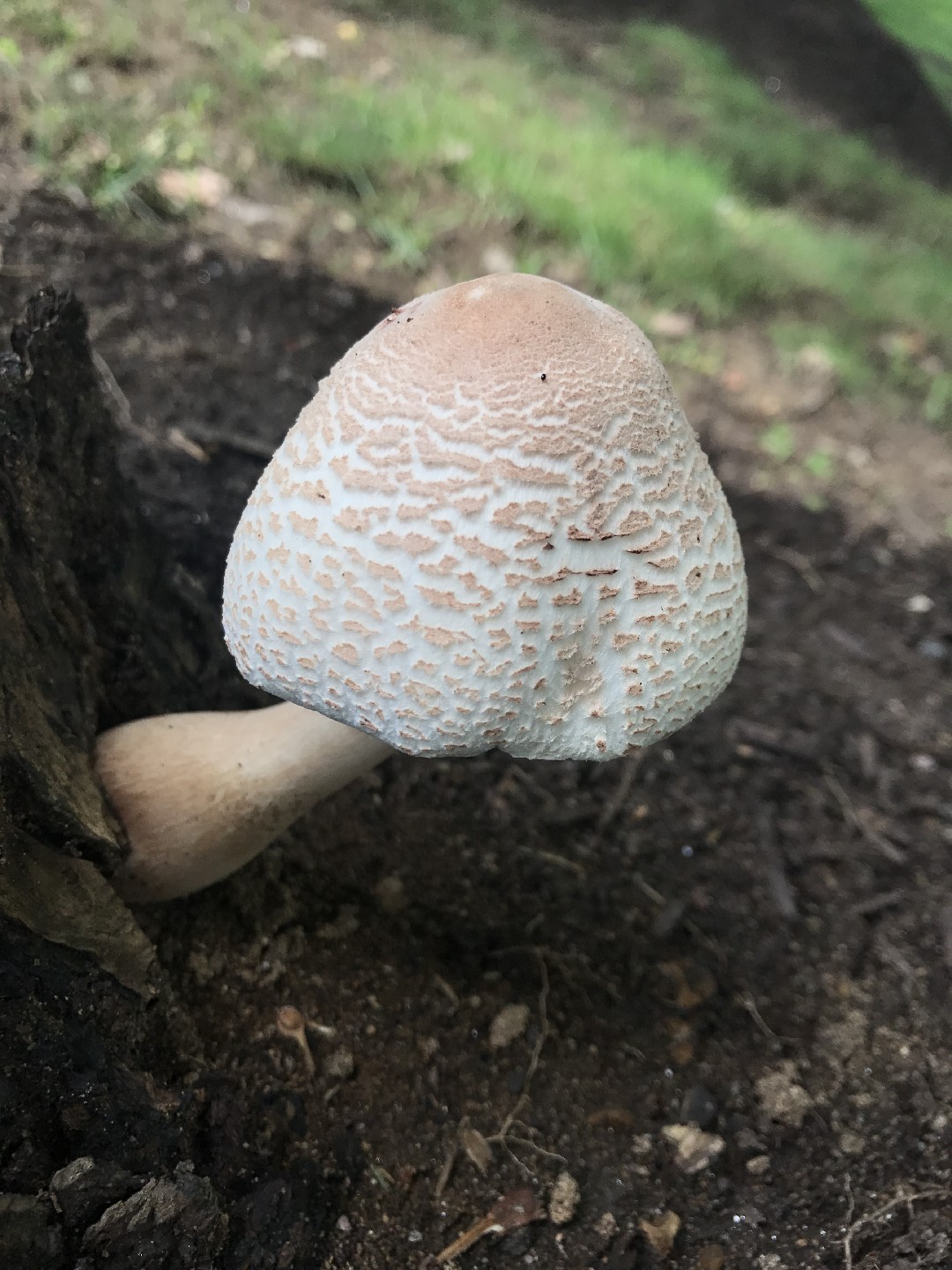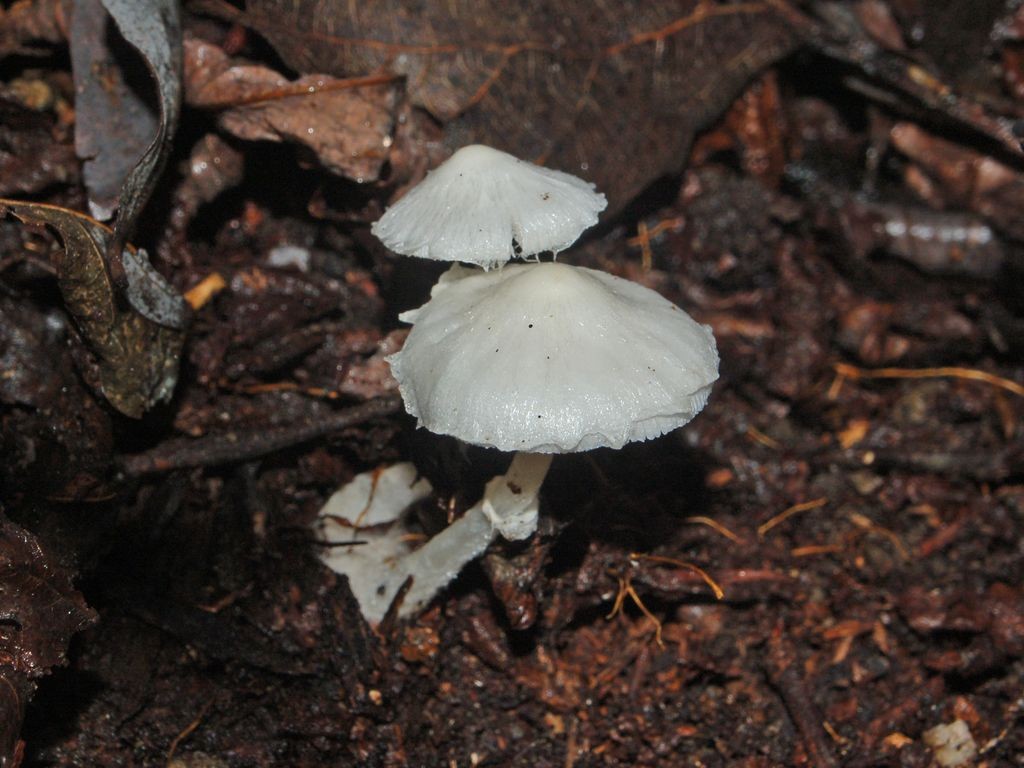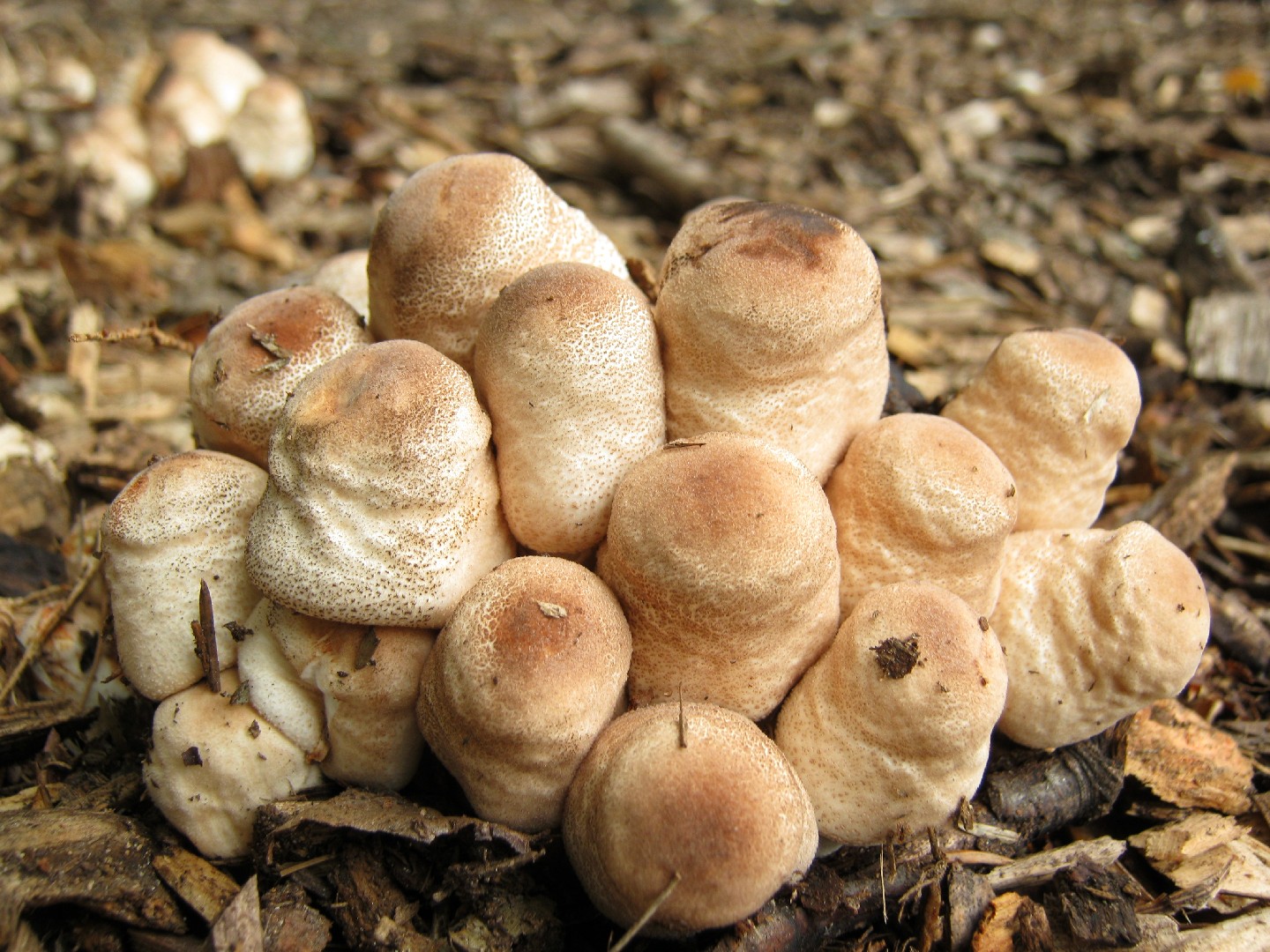Leucoagaricus
Scientific name: Leucoagaricus
Leucoagaricus
Scientific name: Leucoagaricus
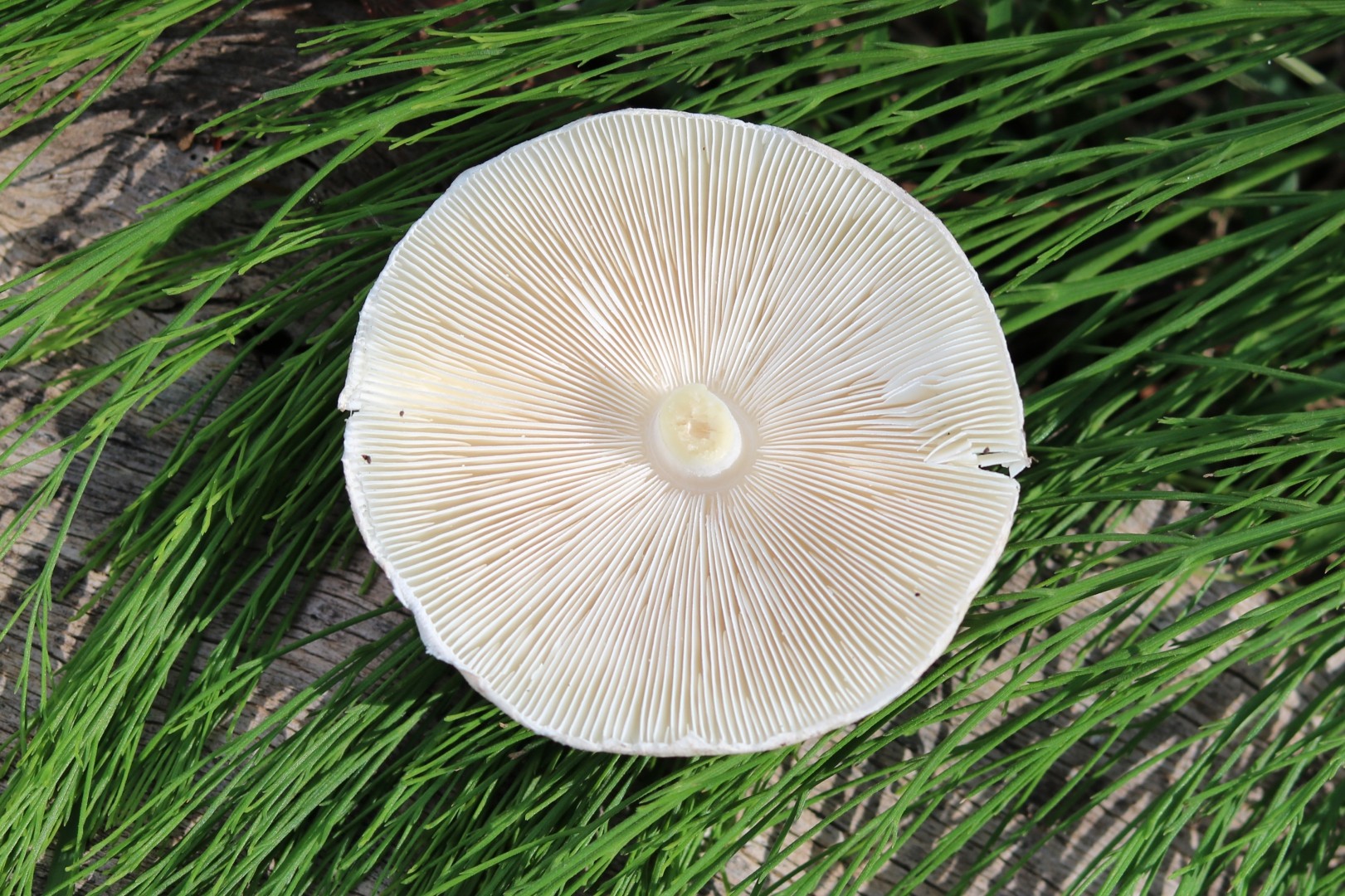 Photo By Anita Poupa
Photo By Anita Poupa Description
The fungi group leucoagaricus is notable for its umbrella-like mushrooms with white or pale caps that often display scales or patches. Members typically grow in grassy areas or on decomposing wood. They share a common feature of a ring on their stems, which can move up and down. These mushrooms play a crucial role in helping break down organic matter, contributing to the ecosystem's nutrient cycle.
Species of Leucoagaricus

 Photo By Anita Poupa
Photo By Anita Poupa Scientific Classification
Phylum
Club fungi Class
Mushroom-forming fungi Order
Gilled fungi Family
Agaricaceae Genus
Leucoagaricus 